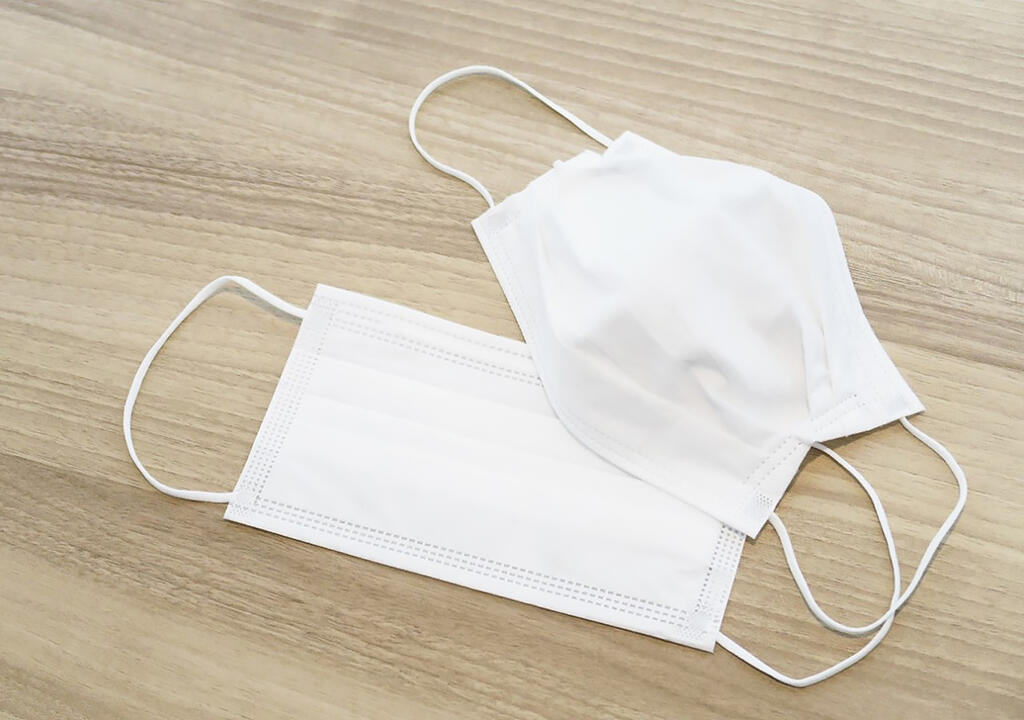A research group led by lecturer Ah-Mee Park of the Department of Microbiology at the Kindai University School of Medicine (Osakasayama, Osaka prefecture), conducted a questionnaire survey on mask usage and cultured bacteria and fungi attached to used face masks to identify the numbers and types of microbes found on them.

The COVID-19 pandemic has made the wearing of a mask at all times a new societal habit. Although the effectiveness of non-woven masks against viral infections has been widely studied, no studies have focused on the sanitary aspects of used masks, particularly the bacteria and fungi that are on them.
As such, the research group conducted a web-based survey of 109 volunteer subjects over a two-month period from September to October 2020. The results showed that non-woven masks accounted for 78% of the types of masks used, with the majority of the others being urethane masks plus some gauze and cloth masks. The study also revealed that 75% of users of non-woven masks disposed of their masks after one day, while 14% used their masks for more than three days.
In addition, the inside and outside surfaces of about 200 used masks from all survey respondents were pressed onto a common plate for bacterial and fungal cultures and incubated at 37°C overnight for bacteria and 25°C for fungi for five days.
The results showed that both bacteria and fungi were detected on all masks, but bacteria were more numerous. Bacterial counts were higher on the inside of the mask than on the outside, consisting mostly of indigenous skin bacteria. However, they found Bacillus cereus, which is derived from fecal matter and causes food poisoning on the outside of masks.
Fungi, on the other hand, were found mostly on the outside of masks, including common black mold and Trichophyton, which causes athlete's foot. Masks that had been in use for several days showed no increase in bacterial counts, whereas fungal counts increased. The research group speculated that this is because many bacteria dry out and die during the night when masks are not worn, whereas many fungi are relatively resistant to drying and produce spores, so they continued to adhere to the masks without dying and accumulated over a period of several days.
When they studied the relationship between gender and daily habits and the number and species of bacteria, they found that conditions such as the use of public transportation and gargling habits had no effect on the increase or decrease of bacteria, except that slightly more bacteria were detected in males. Most of the bacteria and fungi detected were bacteria that do not normally cause illness, but some were found to cause illness in immunocompromised individuals, including Staphylococcus aureus, Staphylococcus saprophyticus, Pseudomonas luteola, Mucor, Aspergillus and Fonsecaea. Therefore, care should be taken in the continuous use of masks, and they recommended that masks be replaced after about one day. They also noted that the outside of the mask is the most frequently detected source of disease-causing bacteria, and that care should be taken to ensure that the outside and inside of the masks used are not worn incorrectly.
The results of this research are expected to be used effectively not only for COVID-19 but also for future hygienic mask-wearing practices.
This article has been translated by JST with permission from The Science News Ltd.(https://sci-news.co.jp/). Unauthorized reproduction of the article and photographs is prohibited.




